Ever reached for a snack, only to hesitate at the sight of its printed expiration date? It’s a common scenario, but what does that date really signify?
Contrary to popular belief, those numbers aren’t necessarily a hard stop for consumption. Let’s delve into the meaning behind those labels and how they impact your food choices.
The Meaning of “Best By” and “Best If Used By” Food Stickers
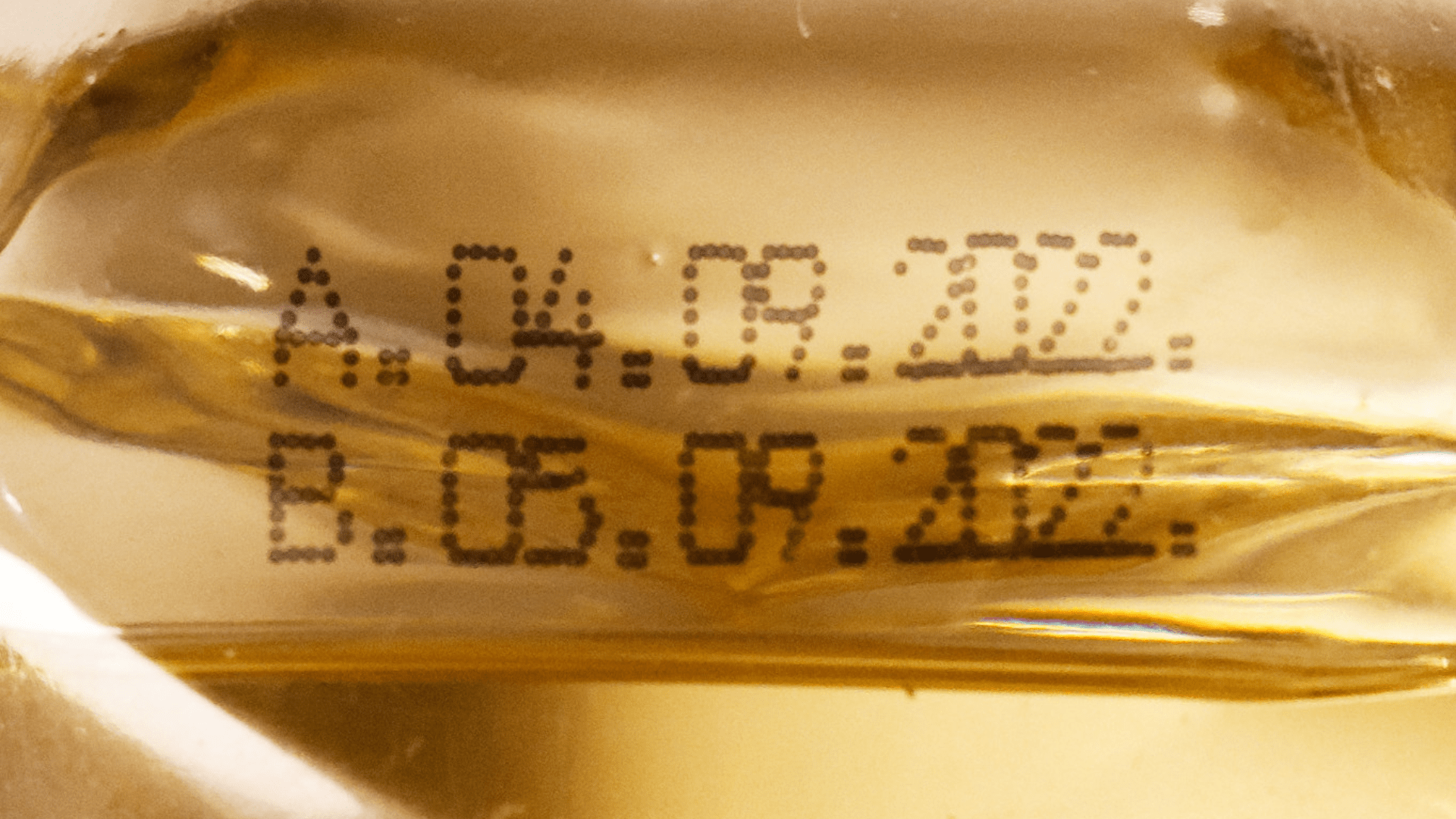
Most often, you’ll encounter dates like “Best If Used By” or “Best By” stamped on your food packaging.
Contrary to what many assume, these dates aren’t indicative of food safety. Rather, they serve as guidance on when the product is at its peak quality.
Only Infant Formula Requires a “Use By” Date
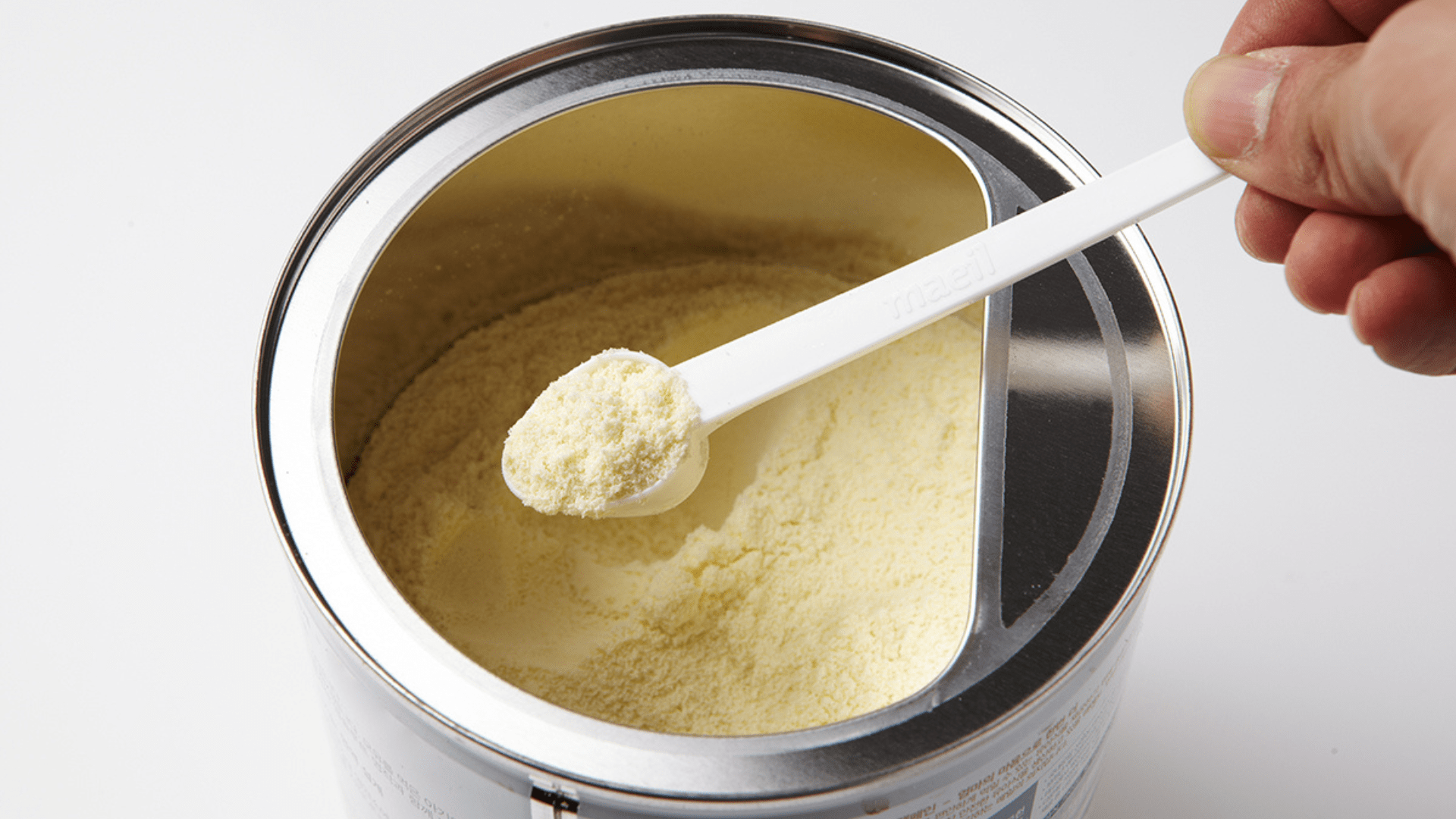
According to the Food and Drug Administration (FDA), the only exception is infant formula, which requires a “use by” date to ensure nutritional integrity.
For other products, the date is more about quality than safety.
Misunderstanding Over Expiration Dates Leads to Billions in Wasted Food
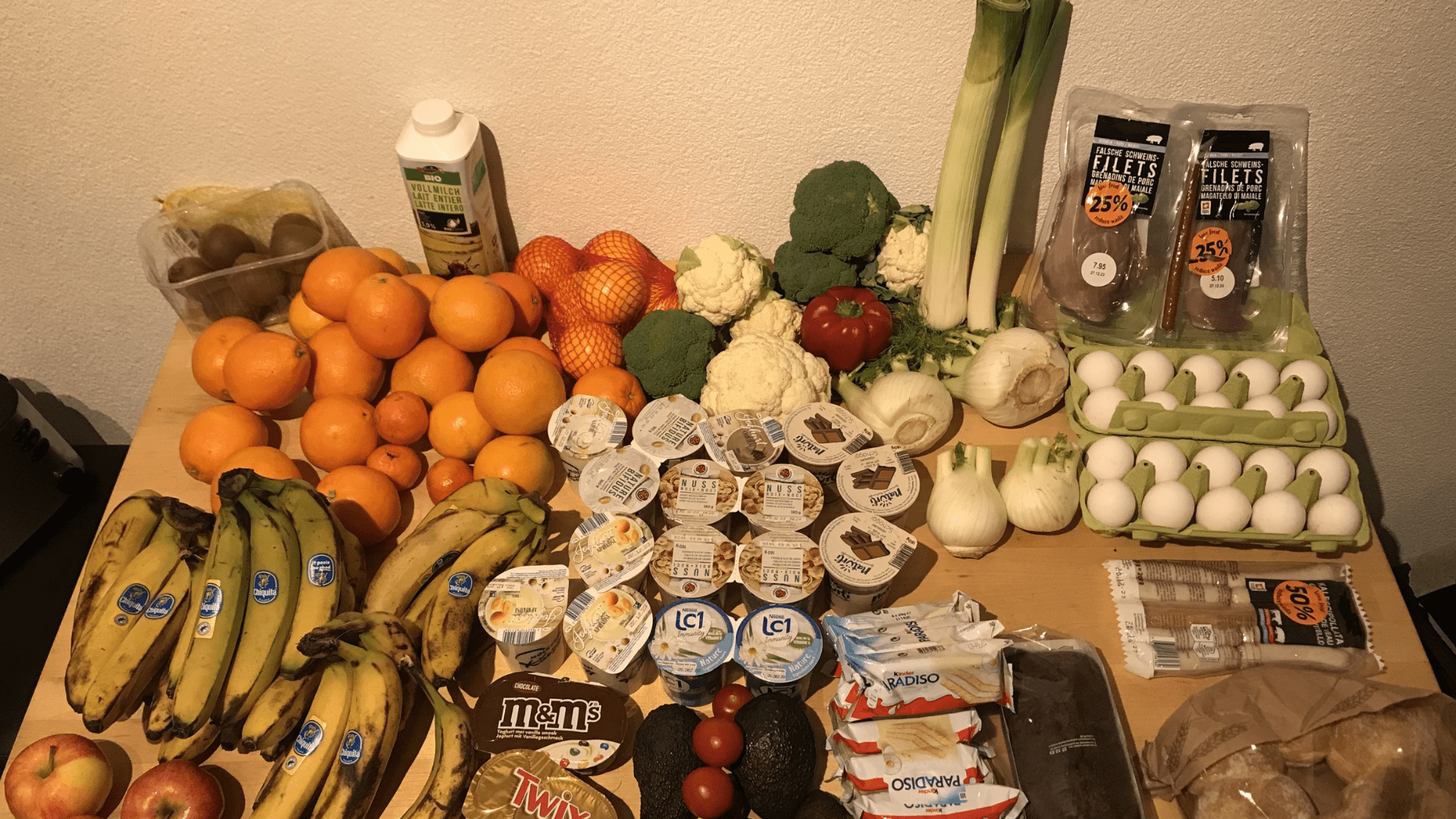
Still, misconceptions persist, leading to the unnecessary disposal of perfectly good food.
It’s a costly misunderstanding, resulting in billions of dollars’ worth of waste each year. Instead of a definitive expiration, these dates offer suggestions on optimal consumption timelines.
“Best By” Date on Food Indicates Food Quality Deterioration
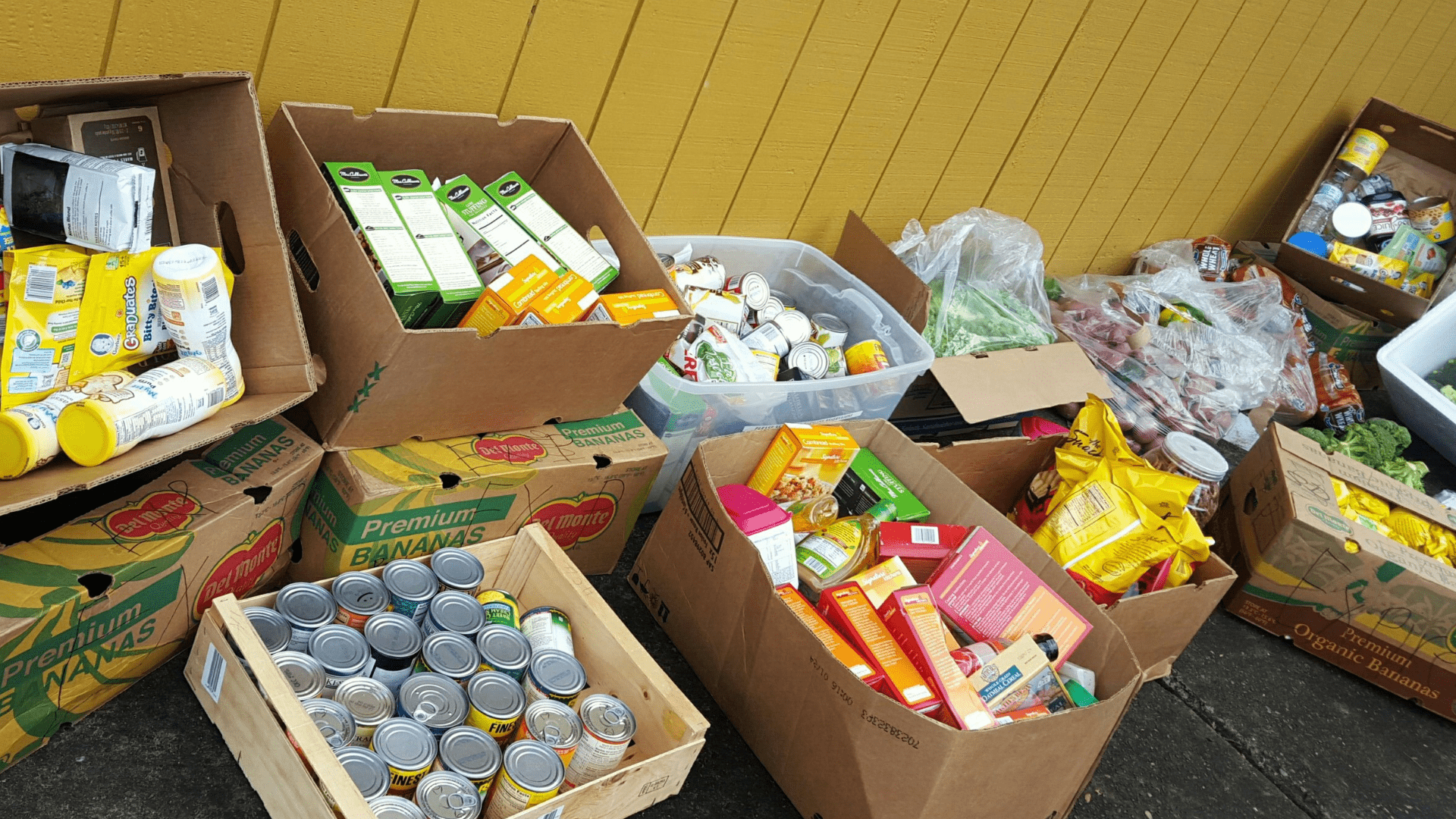
As Abby Snyder, an associate professor of food science, aptly puts it, the date indicates “how fast to consume the food before the quality deteriorates.”
So, that bag of chips lingering past its date isn’t necessarily hazardous—it might just taste a bit stale.
“Expired Food” Isn’t Expired, It’s Just Less Palatable
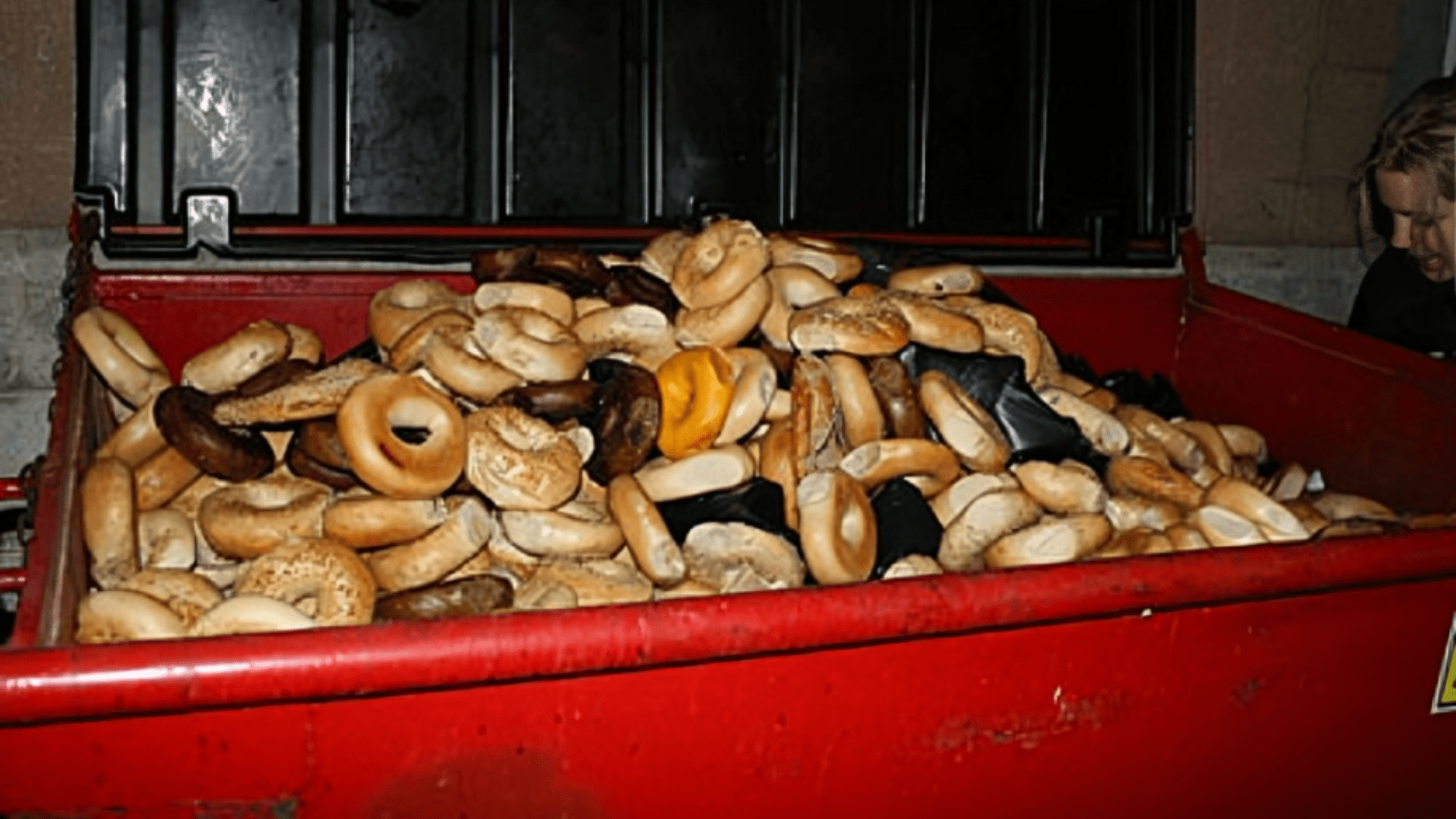
Andy Hirneisen, a senior extension educator, echoes this sentiment, emphasizing that passing the date doesn’t render food unsafe, merely less palatable.
Quality changes, like texture alterations or flavor shifts, may occur, but they don’t pose health risks.
Food Is Often Safe After “Expiration” Date

The USDA emphasizes that even after the date lapses, food remains safe if handled correctly until spoilage becomes evident.
Signs like off-odors or abnormal textures indicate potential spoilage and warrant disposal.
Properly Storing Food Preserves it Far Beyond Printed Date

Proper storage is key to preserving food quality beyond the printed date.
Whether it’s refrigeration for opened condiments or freezing for perishable items, adhering to storage guidelines minimizes bacterial growth and maintains freshness.
The FoodKeeper App Offers Guidance on Storage and Consumption

Fortunately, tools like the FoodKeeper App offer comprehensive guidance on storage and consumption timelines, helping consumers maximize food freshness and minimize waste.
Such resources empower individuals to make informed decisions about their food.
Some U.K. Retailers “Best Before” Labels on Some Products

Interestingly, some U.K. retailers have taken a proactive stance against food waste by removing “best before” labels on select products.
This initiative helps emphasize the importance of reevaluating our approach to date labeling and consumption habits.
Date Labeling Started in the 1970s

Date labeling emerged in the 1970s to address consumer concerns about freshness.
Since then, the FDA has recommended standardized labels like “best if used by” and “use by” to enhance clarity for consumers.
Labeling Efforts Failing, Confusion Continues
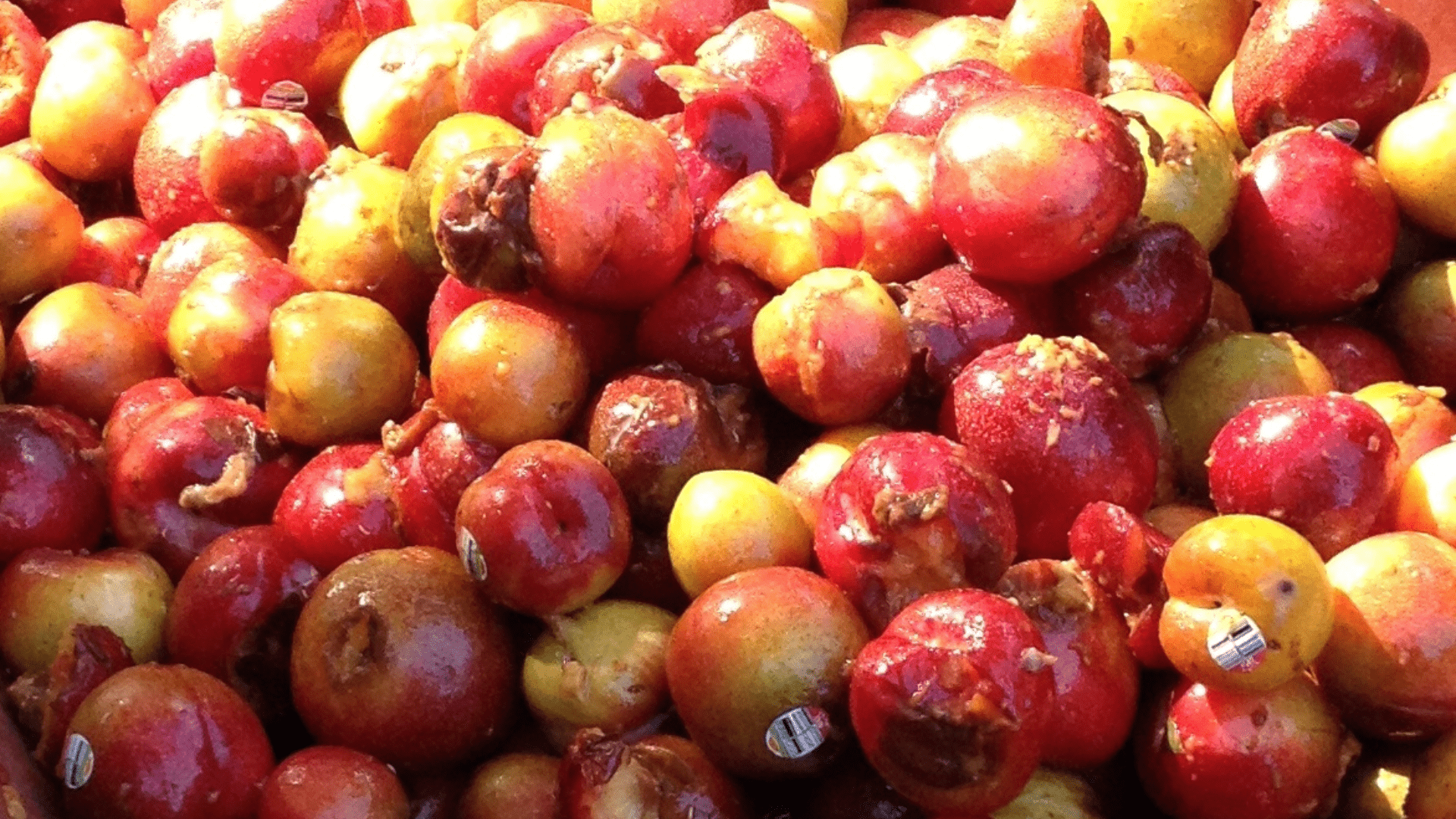
Despite efforts to standardize labeling practices, confusion continues, prompting calls for federal policy reforms. While legislative progress has stalled, advocacy for clearer labeling continues, driven by the need to reduce food waste and promote informed consumer choices.
This is all to say that, while printed dates offer helpful guidance, they shouldn’t be mistaken for strict expiration deadlines. By understanding the nuances of date labeling and prioritizing proper storage practices, and by utilizing helpful apps like FoodKeeper, consumers can minimize waste and enjoy their food safely and responsibly.








































